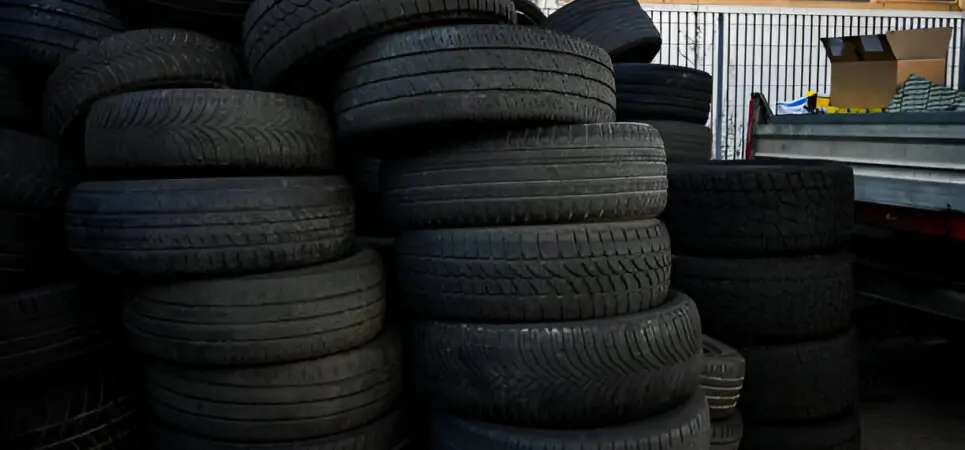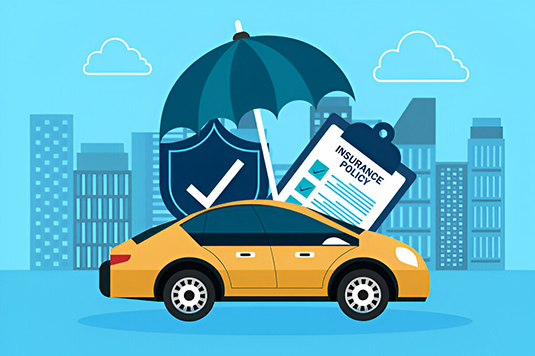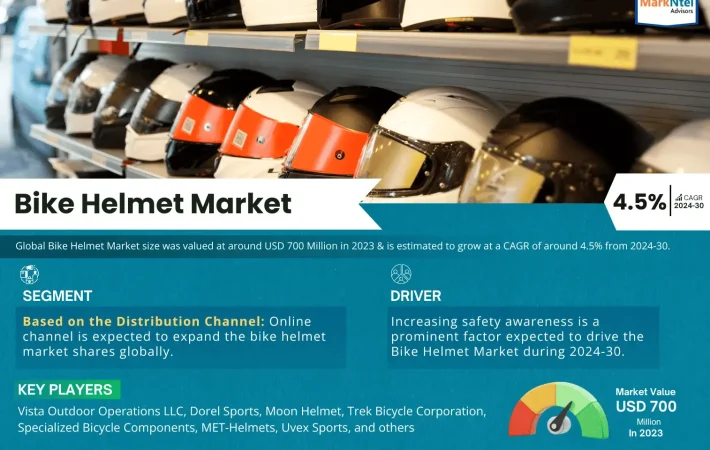Understanding your vehicle’s tire pressure monitoring system (TPMS) is crucial for safe driving. One key component of this system is the tire sensor. But where exactly is the tire sensor located? This article will explore the where is the tire sensor located, their importance, and how to ensure they are functioning properly.
What is a Tire Sensor?
A tire sensor, part of the TPMS, monitors the air pressure inside your tires. It sends real-time information to your vehicle’s onboard computer. If the tire pressure drops below a safe level, the system alerts you, helping to prevent accidents and maintain fuel efficiency.
Types of Tire Sensors
There are two main types of tire sensors: direct and indirect. Direct TPMS uses sensors inside the tires to measure air pressure. Indirect TPMS, on the other hand, relies on the anti-lock braking system (ABS) to estimate tire pressure by measuring wheel speed.
Location of Direct Tire Sensors
Direct tire sensors are usually mounted on the inside of the wheel, attached to the valve stem. Here’s a closer look at their placement:
- Valve Stem: Most direct tire sensors are integrated with the valve stem. This is the part you see sticking out from the wheel where you inflate the tire. The sensor is located inside the tire, connected to the valve stem.
- Inside the Tire: Some direct sensors are mounted on a band around the wheel’s inner circumference. This type of sensor is more common in older vehicles but is still used in some models today.
Location of Indirect Tire Sensors
Indirect tire sensors do not have a physical sensor inside the tire. Instead, they rely on the ABS to monitor wheel speed. Here’s how they work:
- ABS System: The ABS sensors, located near each wheel, track the speed at which each wheel rotates. If a tire is underinflated, its diameter decreases, causing it to rotate faster than the other tires.
- Onboard Computer: The ABS sensors send data to the vehicle’s onboard computer. If the computer detects a difference in wheel speed, it triggers the TPMS warning light.
Why Tire Sensor Location Matters
Knowing where your tire sensors are located is important for several reasons:
- Maintenance: When changing tires or performing maintenance, it’s crucial to handle the sensors carefully. Damaging a sensor can lead to inaccurate readings or a malfunctioning TPMS.
- Replacement: If a sensor needs replacing, knowing its location helps you or your mechanic find and replace it efficiently.
- Safety: Properly functioning tire sensors are vital for safety. They alert you to low tire pressure, which can lead to blowouts, poor handling, and increased braking distance.
How to Check Your Tire Sensors
Regularly checking your tire sensors ensures they work correctly. Here’s a simple guide:
- Visual Inspection: Check the valve stems for damage. If they look bent or broken, the sensor may also be damaged.
- TPMS Light: Pay attention to the TPMS warning light on your dashboard. If it’s on, check your tire pressure and inspect the sensors.
- Professional Check: Have a professional mechanic inspect your TPMS during regular vehicle maintenance. They can use specialised tools to check sensor function and replace faulty ones.
Common Issues with Tire Sensors
Several issues can affect tire sensors:
- Battery Life: Tire sensor batteries typically last 5-10 years. When the battery dies, the sensor needs replacing.
- Damage: Hitting a curb or pothole can damage the sensor or valve stem.
- Corrosion: Exposure to moisture and road salt can corrode the sensor, leading to malfunction.
How to Maintain Tire Sensors
Proper maintenance can extend the life of your tire sensors:
- Regular Checks: Inspect your tires and sensors regularly for damage.
- Avoid Harsh Conditions: Avoid driving through deep water or muddy areas that could damage the sensors.
- Professional Service: Have your sensors checked and serviced by a professional during regular vehicle maintenance.
Conclusion
Tire sensors are crucial for vehicle safety and efficiency. Understanding where they are located and how they work helps you maintain your vehicle properly. Regular checks and professional maintenance ensure your TPMS functions correctly, keeping you safe on the road.
For all your tire needs, visit Zee’s New and Used Tires. Our professionals can help you with tire sensor checks, maintenance, and replacements, ensuring your vehicle stays safe and efficient. Visit us today and drive with confidence!







Leave a comment
Your email address will not be published. Required fields are marked *